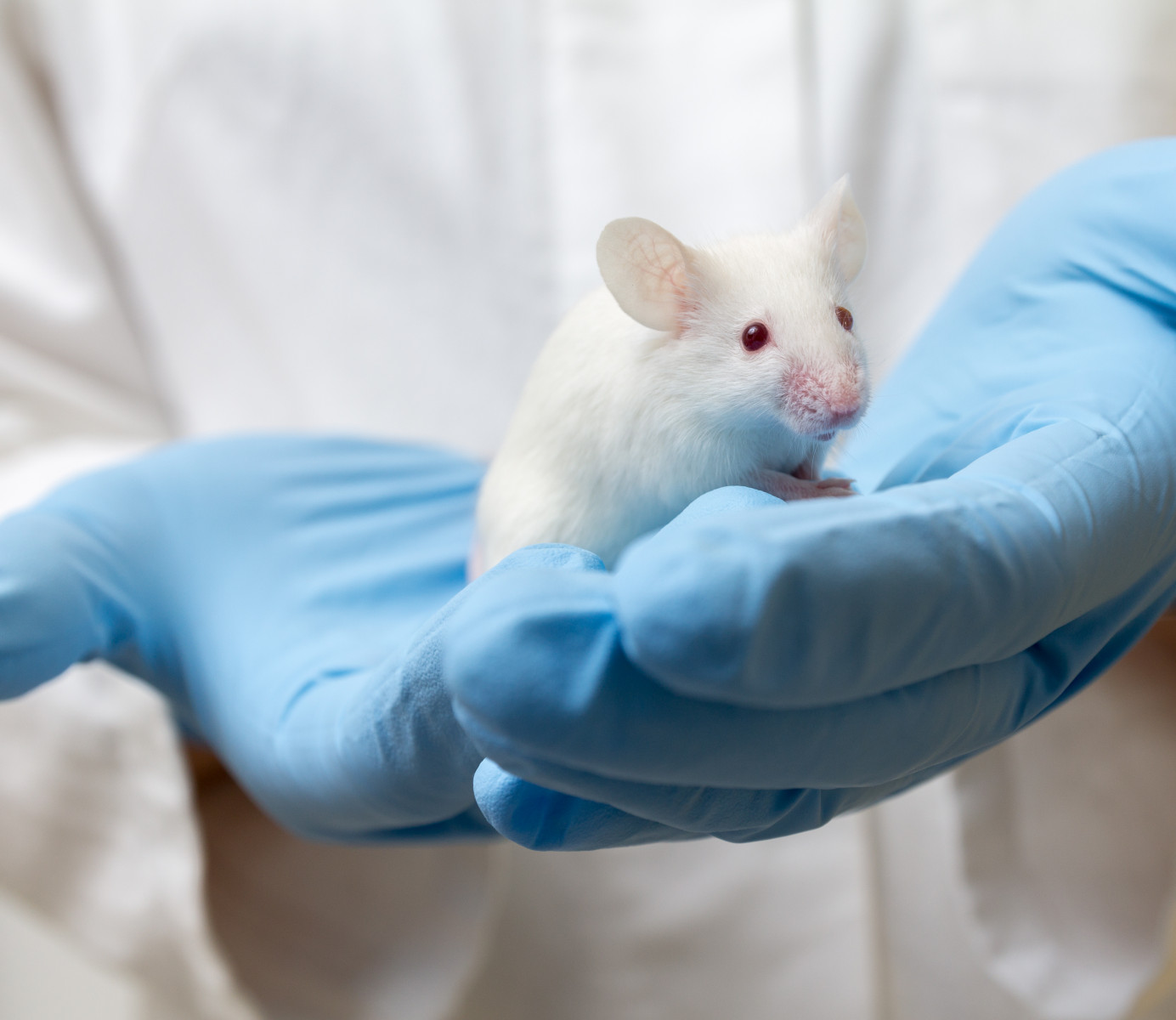Learning Physical Task Seen to Trigger Myelin Repair in MS Mouse Model
Written by |

Movements that are an act of “learning” motor tasks after lesions appear in the protective myelin sheath of neurons seem to induce both new and existing oligodendrocytes — the cells that make up myelin — to repair those lesions, a study in mice shows.
Precisely timed rehabilitation programs and exercise may aid repair of myelin lesions in multiple sclerosis (MS), helping patients regain some of the motor abilities lost over this disease’s course, these findings suggest.
The study, “Motor learning promotes remyelination via new and surviving oligodendrocytes,” was published in the journal Nature Neuroscience. This work was supported by the National MS Society.
The myelin sheath is a fat-rich substance that covers nerve fibers and allows rapid transmission of signals relayed by nerve cells. This protective coat is progressively damaged in MS, killing nerve cells of the central nervous system (CNS, the brain and spinal cord).
Animal studies suggest that the CNS generates new myelin-making cells, called oligodendrocytes, after myelin damage to help restore brain function. But “remyelination is typically incomplete in patients with MS,” the researchers wrote.
Studies also demonstrate that learning new motor skills can trigger changes to the brain’s white matter — where myelin is found — in both humans and animals, by causing oligodendrocyte precursor cells to proliferate and differentiate. But whether learning during the process of demyelination (myelin loss) could benefit people with MS remains unknown.
It is also still unclear whether — in addition to new oligodendrocytes generated from progenitor cells after the damage — mature oligodendrocytes that survived the injury can actively participate in myelin repair.
Researchers at the University of Colorado used an advanced imaging technique to visualize and track oligodendrocytes, as well as the individual myelin sheaths, during motor learning tasks and myelin damage in mice. Of note, each oligodendrocyte can create multiple myelin sheaths.
They initially used healthy mice and had them learn a task that consisted of reaching a lever with a forelimb over the course of seven days. Some of the animals then repeated, or rehearsed, this task several weeks later.
The team found that learning caused a transient reduction in new oligodendrocyte formation — by about 75% — but immediately after learning, oligodendrocyte formation began to increase, reaching almost double the rate seen in untrained animals after two weeks. Unlike in learning, rehearsing the task did not affect new oligodendrocyte formation.
Researchers suggested that the formation of new oligodendrocytes increased because oligodendrocyte progenitor cells differentiated nearly two times more in the week after learning. Pre-existing myelin sheaths also went through significant remodeling, the research showed.
To examine how learning impacted oligodendrocyte formation and myelin repair, the team fed animals a cuprizone diet for three weeks — creating a model that mimics the loss of oligodendrocytes and myelin in MS.
These animals lost nearly 90% of their oligodendrocytes. After the toxic agent was removed from their diets, however, the rate of new oligodendrocyte formation increased by nearly six times that of healthy mice. The greater the loss of oligodendrocytes, the higher was the proliferation rate after cuprizone feeding stopped.
Notably, the newly formed oligodendrocytes replaced only about 60% of the lost cells seven weeks after treatment, but each new oligodendrocyte generated more myelin sheaths than is normally seen in healthy animals, which helped to restore neuronal function in the animals.
These myelin sheaths, the researchers observed, were often placed in areas where they were not previously found (unmyelinated areas) rather than in areas where myelin had been lost (denuded areas), altering the myelin pattern in motor neurons.
Researchers then tested two learning approaches in these animals: early learning, in which learning was started three days after cuprizone treatment; and delayed learning, initiated 10 days after treatment, when about half of new oligodendrocytes where already formed.
Most animals in the early learning group failed to learn the assigned task, likely due to the extensive myelin loss. In these animals, learning was harmful rather than beneficial, cutting by about half the rate of oligodendrocyte replacement. These animals eventually reached oligodendrocyte recovery similar to untrained animals, but a few days later.
Learning at a later timepoint, however, showed striking improvements in oligodendrocyte replacement, with animals ending up with more oligodendrocytes after the recovery process than untrained mice (about 75% of the original number).
In contrast, animals who learned the task prior to being fed cuprizone and rehearsed it 10 days after stopping its use showed no changes in the myelination process compared with untrained animals.
“Only learning the reach task (delayed learning), but not attempting to learn it (early learning) or rehearsing it (rehearsal), promoted oligodendrogenesis [oligodendrocyte formation] post-cuprizone treatment,” the team wrote.
Delayed learning did not change the number of myelin sheaths each new oligodendrocyte generated, and did not influence the likelihood that new oligodendrocytes would generate myelin sheaths in denuded areas.
But the researchers noted that animals undergoing delayed learning replaced nearly twice as many lost sheaths after training compared with untrained animals. By seven weeks, these animals had replaced about 90% of their myelin sheaths lost to the injury, compared with 54% in untrained animals.
This led researchers to investigate whether mature oligodendrocytes that survived cuprizone feeding played a part in sheath replacement. They found that all mature oligodendrocytes in animals with delayed training were generating new sheaths during the training period, and continued to do so after at least 1.7 months.
A significantly larger portion of these new sheath were also covering denuded areas.
“These findings indicate that following demyelination, motor learning specifically enhances the ability of preexisting oligodendrocytes to generate additional myelin and to maintain preexisting sheaths,” the researchers wrote.
Overall, these data suggest “that specifically timed therapeutic interventions designed to promote oligodendrogenesis and to engage mature oligodendrocytes in myelin repair may enhance remyelination and accelerate functional recovery in demyelinating disorders,” they concluded.





